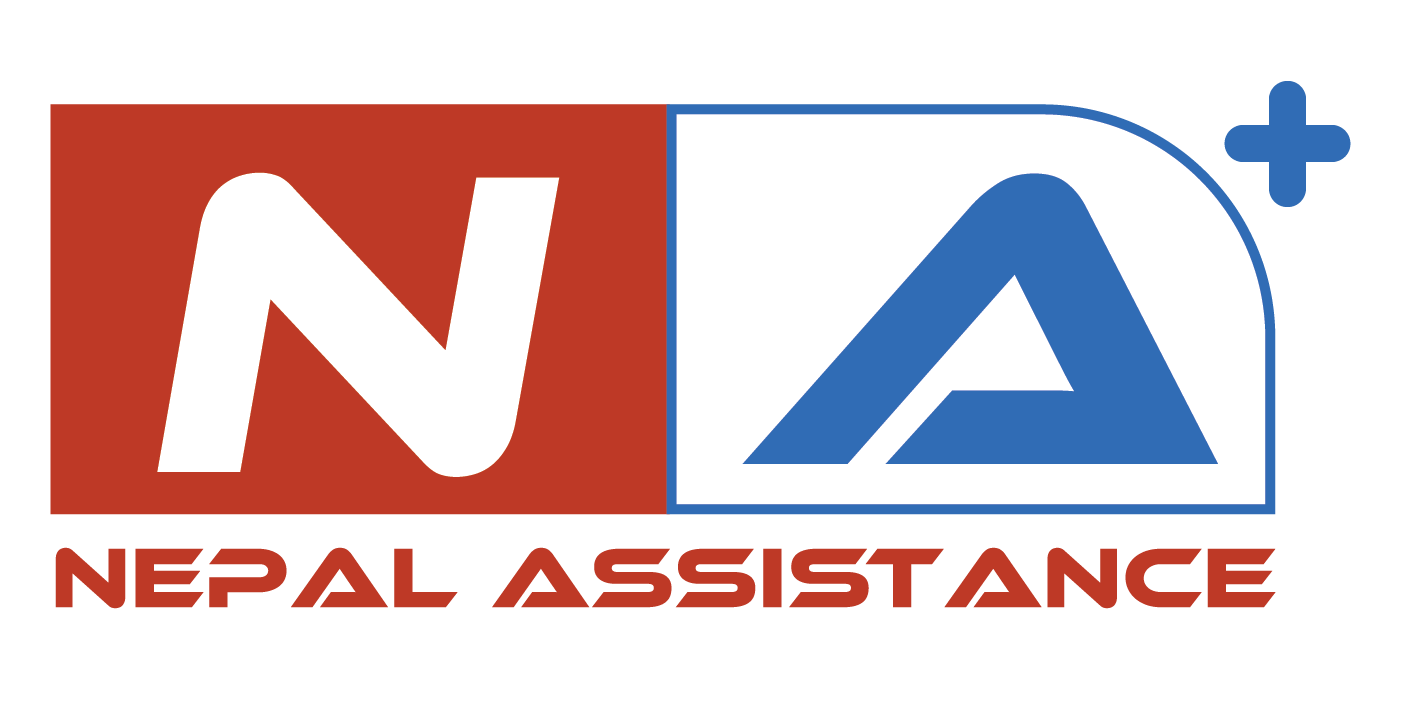Trekking in Nepal is an unforgettable experience, offering stunning landscapes, rich cultural encounters, and the chance to witness the majestic Himalayas up close. Here are some key points to consider when planning a trek in Nepal:
- Choose the Right Trek: Nepal offers a wide range of trekking routes catering to different skill levels and interests. Popular treks include the Everest Base Camp Trek, Annapurna Circuit Trek, Langtang Valley Trek, and the less crowded Manaslu Circuit Trek. Research the difficulty, duration, and highlights of each trek to find one that suits your preferences and fitness level.
- Season: The best time to trek in Nepal is during the spring (March to May) and autumn (September to November) when the weather is generally clear, and the skies are blue. During these months, you’ll enjoy mild temperatures and excellent visibility. However, some treks, like those in the Everest region, are possible year-round with proper gear and preparation.
- Permits and Regulations: Most trekking areas in Nepal require permits, which you can obtain either in Kathmandu or at entry points to the trekking regions. The cost and types of permits vary depending on the trekking area. Additionally, it’s essential to abide by local regulations and respect the natural environment and local communities.
- Guides and Porters: While it’s possible to trek independently, hiring a guide and/or porter can enhance your experience and provide valuable support, especially in remote areas. Guides are knowledgeable about the trails, culture, and can assist with any issues that may arise. Porters can lighten your load, allowing you to focus on enjoying the trek.
- Physical Preparation: Trekking in Nepal involves walking for several hours a day, often in rugged terrain and at high altitudes. It’s essential to be in good physical condition and undertake some pre-trek training, including cardiovascular exercises and hiking with a backpack.
- Altitude Acclimatization: Altitude sickness is a significant concern when trekking in Nepal, especially on routes that ascend to high elevations. It’s crucial to acclimatize properly by ascending gradually, staying hydrated, and listening to your body. Most trekking itineraries include rest days for acclimatization.
- Packing Essentials: Pack wisely, including essential items like sturdy trekking boots, warm clothing, a reliable sleeping bag, sunscreen, and a first aid kit. It’s also wise to bring some snacks and water purification tablets since supplies can be limited in remote areas.
- Responsible Travel: Practice responsible trekking by minimizing your environmental impact, respecting local customs and traditions, and supporting the local economy by staying in locally owned lodges and purchasing goods and services from local vendors.
- Emergency Preparedness: While trekking in Nepal is generally safe, it’s essential to be prepared for emergencies. Familiarize yourself with emergency evacuation procedures, carry a fully charged phone with local emergency numbers, and consider purchasing travel insurance that covers medical evacuation.
- Enjoy the Journey: Finally, remember to enjoy the journey and immerse yourself in the breathtaking beauty of Nepal’s landscapes, the warmth of its people, and the rich cultural heritage that makes trekking in Nepal a truly memorable experience.
If you need more information regarding trekking in Nepal, please contact local experts:
Mission Nepal Holidays Pvt. Ltd
GR Complex, 4th Floor, Lazimpat, Kathmandu
44600, Nepal
Phone No: +977 01 4522777
Email: info@missionnepal.com
Web: www.missionnepal.com
